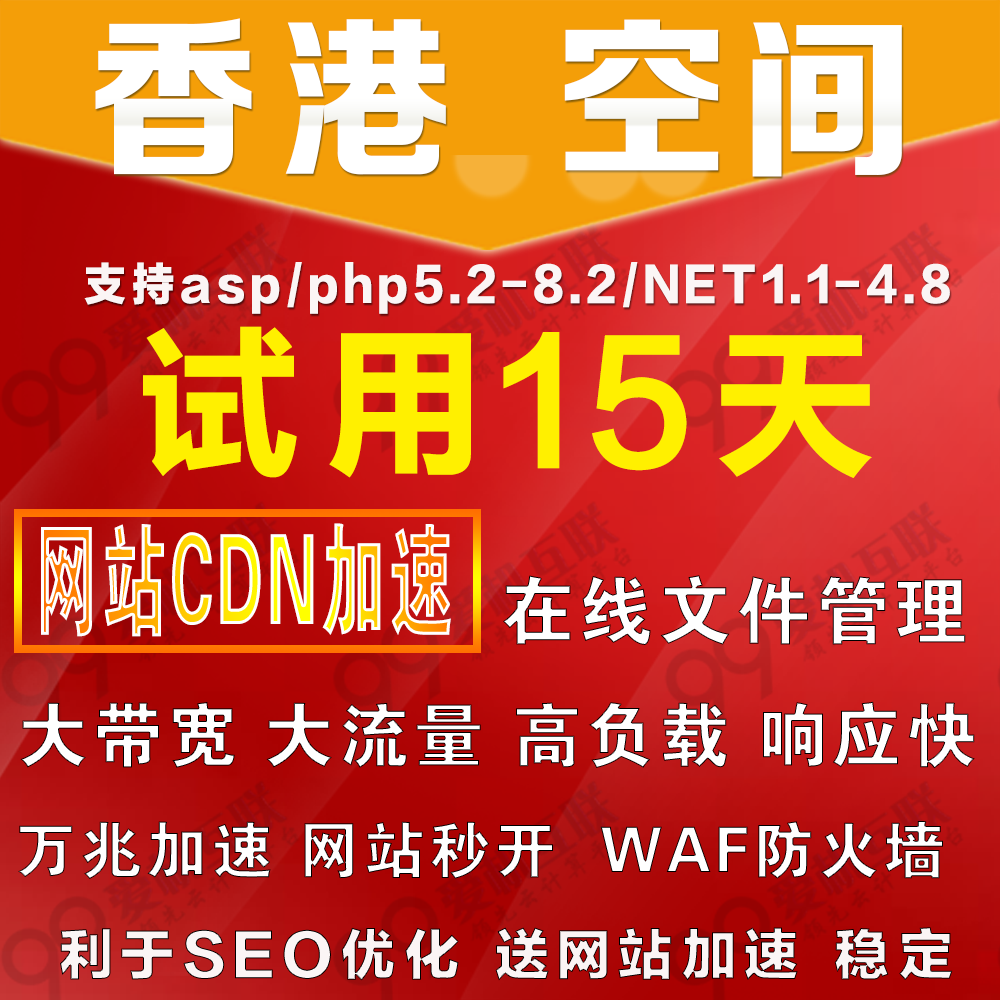Merge into的应用
日期:2014-05-16 浏览次数:20518 次
原始作者“inthirties(三十而立) ” 和出处”http://blog.csdn.net/inthirties/archive/2009/10/21/4706303.aspx ”,?
?
Oracle在9i引入了merge命令,?
通过这个merge你能够在一个SQL语句中对一个表同时执行inserts和updates操作.
当然是update还是insert是依据于你的指定的条件判断的,Merge
into可以实现用B表来更新A表数据,如果A表中没有,则把B表的数据插入A表.
MERGE命令从一个或多个数据源中选择行来updating或inserting到一个或多个表?
语法如下?
MERGE INTO [your table-name] [rename your table here]?
USING ( [write your query here] )[rename your query-sql and using just
like a table]?
ON ([conditional expression here] AND [...]...)?
WHEN MATHED THEN [here you can execute some update sql or something
else ]?
WHEN NOT MATHED THEN [execute something else here ! ]?
我们先看看一个简单的例子,来介绍一个merge into的用法
merge into products p using newproducts np on (p.product_id = np.product_id) when matched then update set p.product_name = np.product_name when not matched then insert values(np.product_id, np.product_name, np.category)?
在这个例子里。前面的merger into products using newproducts
表示的用newproducts表来merge到products表,merge的匹配关系就是on后面的条件子句的内容,这里根据两个表的
product_id来进行匹配,那么匹配上了我们的操作是就是when matched then的子句里的动作了,这里的动作是update set
p.product_name = np.product_name,
很显然就是把newproduct里的内容,赋值到product的product_name里。如果没有匹配上则insert这样的一条语句进去。
大家看看这个merget
inot的用法是不是一目了然了呀。这里merger的功能,好比比较,然后选择更新或者是插入,是一系列的组合拳,在做merge的时候,这样同样的情
况下,merge的性能是优于同等功能的update/insert语句的。有人曾经分析merge是批量处理对性能贡献很大,个人觉得这个是没有考据
的。?
我们也可以在using后面使用视图或者子查询。比如我们把newproducts换成
merge into products p using (select * from newproducts) np on (p.product_id = np.product_id) when matched then update set p.product_name = np.product_name when not matched then insert values(np.product_id, np.product_name, np.category)?
也是可以的。?
在Oracle 10g中MERGE有如下一些改进:?
1、UPDATE或INSERT子句是可选的?
2、UPDATE和INSERT子句可以加WHERE子句?
3、在ON条件中使用常量过滤谓词来insert所有的行到目标表中,不需要连接源表和目标表?
4、UPDATE子句后面可以跟DELETE子句来去除一些不需要的行?
我们通过实例来一一看看如上的新特性?
1. UPDATE或INSERT子句是可选的?
在9i里由于必须insert
into和update都要存在,也就是不是update就是insert,不支持单一的操作,虽然还是可以曲线救国,呵呵
但是有些过于强势了。而10g里就是可选了,能符合我们更多的需求了?
比如上面的句子?
我们可以只存在update或者insert
merge into products p using newproducts np on (p.product_id = np.product_id) when matched then update set p.product_name = np.product_name?
这里,如果匹配就更新,不存在就不管了。?
2. UPDATE和INSERT子句可以加WHERE子句?
这也是一个功能性的改进,能够符合我们更多的需求,这个where的作用很明显是一个过滤的条件,是我们加入一些额外的条件,对只对满足where条件的
进行更新和insert
merge into products p using (select * from newproducts) np on (p.product_id = np.product_id) when matched then update set p.product_name = np.product_name where np.product_name like 'OL%'?
这里表示只是对product_name开头是'OL'的匹配上的进行update,如果开头不是'OL'的就是匹配了也不做什么事情,insert里也
可以加入where?
比如
merge into products p using (select * from newproducts) np on (p.product_id = np.product_id) when matched then update set p.product_name = np.product_name where np.product_name like 'OL%' when not matched then insert values(np.product_id, np.product_name, np.category) where np.product_name like 'OL%'?
这里注意比较一下,他们返回的结果行数,是有着差异的。?
3. 在ON条件中使用常量过滤谓词来insert所有的行到目标表中,不需要连接源表和目标表
merge into products p using (select * from newproducts) np on (1=0) when matched then update set p.product_name = np.product_name when not matched then insert values(np.product_id, np.product_name, np.category)?
个人觉得这个功能没有太大的意义,我们的insert into本身就支持这样的功能,没有必要使用merge?
4. UPDATE子句后面可以跟DELETE子句来去除一些不需要的行?
delete只能和update配合,从而达到删除满足where条件的子句的纪录
merge into products p using (select * from newproducts) np on (p.product_id = np.product_id)
when matched then
update set p.product_name = np.product_na
